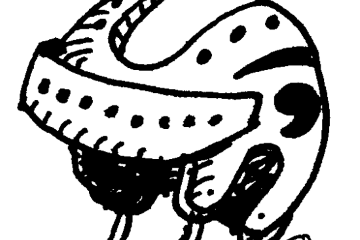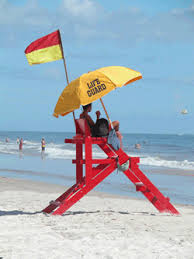We are entering the dog days of summer. The kids are getting bored. The start of school is just a few weeks away. It’s a good time to encourage the kids to get outside – ride bikes, scooters and skateboards. Sure you make your kids wear a helmet, but did you know that not all helmets are created equal? This information, provided by the Consumer Product Safety Commission, is designed to help you wrap your head around helmet safety.
Will a helmet prevent a concussion?
During a fall or collision, a helmet is designed to absorb the energies that can produce skull fractures and severe brain injuries. However, these materials have not been proven to counteract the energies believed to cause concussions. You should be wary of claims that a particular helmet can reduce or prevent concussions.
Can I wear the same helmet for different activities?
It is important to remember there are different helmets for different activities. Each type of helmet is made to protect your head from the kind of impacts that typically are associated with a particular activity or sport. Helmets designed for other activities may not protect your head as effectively. There are a few helmets that you can wear for multiple activities. For example, you can wear a CPSC-compliant bicycle helmet while bicycling, recreational in-line skating or roller skating, or riding a kick scooter.
How Do I Properly Fit A Helmet?
Proper fit is essential for a helmet to function properly. It should be both comfortable and snug. It should be worn so that it is level on the head—not tilted back on the top of the head or pulled too low over the forehead. Once on the head, the helmet should not move in any direction, back-to-front or side-to-side. Any chin straps should be securely fastened so the helmet doesn’t move or fall off during a fall or collision. When buying a helmet for a child, bring the child with you so you can test for a good fit in the store.
Don’t choose style over safety. Avoid novelty helmets that contain nonessential elements that protrude (e.g., horns, Mohawks) ─ these may look cool, but they may prevent the helmet’s smooth surface from sliding after a fall, which could lead to injury.
Don’t add anything to the helmet, such as stickers, coverings, or other attachments that aren’t provided with the helmet, as these items can negatively affect the helmet’s performance.
Don’t Allow Children to Wear Helmets on Playgrounds.
It is very important to remind children not wear a helmet when playing on playgrounds or climbing trees. The helmet’s chin strap can get caught on the equipment or tree branches and pose a risk of strangulation. The helmet may also prevent a child’s head from passing through an opening that the body can fit through, which can cause entrapment.
How Long Will A Helmet Last?
This depends on the type of helmet. Some are designed to withstand one impact (a single-impact helmet) and some are designed to withstand more than one impact (a multiple-impact helmet). Bicycle helmets are designed to protect against a single fall. The foam material in the helmet will crush to absorb the impact energy. The crushed materials will not protect you again from another impact, so you must replace it.
Other helmets are designed to protect against multiple impacts – like football or ice hockey helmets. But, you may still have to replace these helmet after one severe impact if the helmet has visible signs of damage – cracked shell or permanent dent in the shell. Consult the manufacturer’s instructions or certification stickers on the helmet for guidance.
Even without an impact, most helmets won’t last forever. Follow the guidance provided by the manufacturer. In the absence of such guidance, a good rule of thumb is to replace a helmet within 5-10 years of purchase. This is especially true if there are cracks in the shell or liner, a loose shell, marks on the liner, fading of the shell, evidence of crushed foam in the liner, worn straps, and missing pads. Regular replacement may minimize any reduced effectiveness that could result from degradation of materials over time, and allow you to take advantage of recent advances in helmet protection.
Get out and enjoy the rest of the summer with your kids. To stay safe, make sure you and your kids are wearing a properly fitted helmet for the specific activity.









